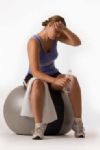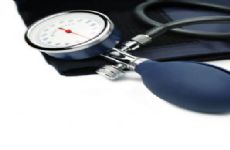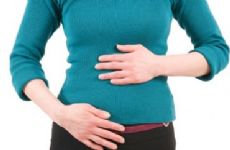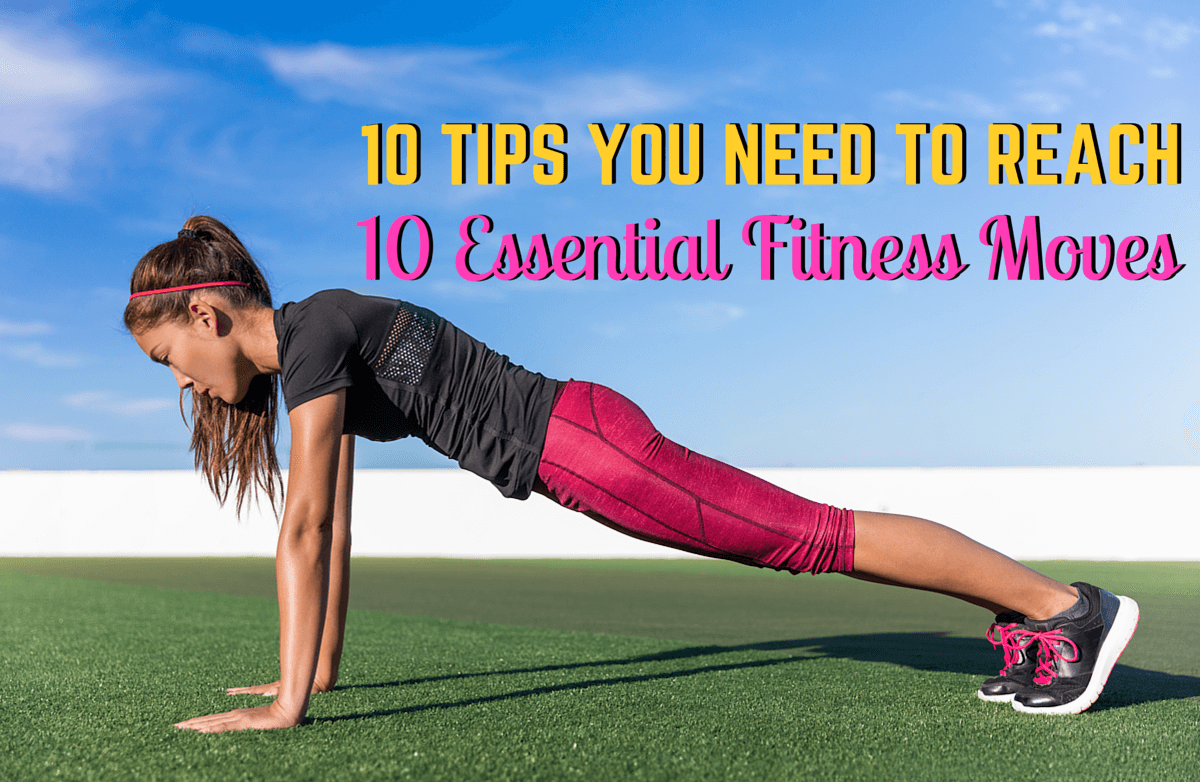|
Editor's Note: Cathy Cram, M.S., is the resident maternal fitness expert on our sister site, BabyFit.com. Today's blog post is the second in a series on menopause health and fitness. By Cathy Cram, M.S. The responses from my first blog overwhelmingly mentioned hot flashes as one of the most difficult symptoms of menopause. With that in mind, I’ve spent the past week looking into the most recent research on hot flashes and treatments. I’ve come across so many treatments and lifestyle recommendations that I’ve decided to break the hot flash blog into three parts. Today I’m posting part one, which offers diet, exercise and lifestyle tips. Part two will cover alternative treatments (such as herbs and acupuncture) and part three will explore current medications prescribed for hot flashes, as well studies being done on new treatment options. The Internet and bookstores offer an overwhelming amount of information on various hot flash treatments, making it difficult to determine which treatments are valid and which are a waste of time and money. With that in mind, the information I’ve complied on hot flashes treatments provides an overview of some of the recent studies published on this topic and recommendations from medical experts in the field of women’s health. Keep in mind that the information provided in this blog and future blogs aren’t specific recommendations for you, but should be used as a resource for working with your healthcare provider in treating your menopausal symptoms. So, you’re having hot flashes? You’re in good company, as up to 75% of women going through menopause experience these episodes of increased skin temperature, profuse sweating, facial flushing and rapid heart rate. The exact cause of hot flashes isn’t clear, but some researchers suspect that the hypothalamus, the area of the brain that regulates temperature, may be involved. There’s other research that points to a different mechanism, involving the insular cortex section of the brain. That study found that women who have a narrower zone between their sweat/shivering set point seem to have a higher incidence of hot flashes during menopause. In those women, even a slight increase in core temperature can trigger the body to react. The degree and frequency of hot flashes (the medical term is vasomotor symptoms, and include hot flashes, flushes and night sweats) can vary widely among menopausal women, but there are some factors that increase your risk:
Start by focusing on reducing the risks factors that you can change by increasing your exercise level to reduce body fat, and take a good look at your diet to see if you need to make some nutritional changes. If you smoke, look into a smoking cessation program to help you quit. Here are some basic tips for reducing hot flashes through diet, exercise and lifestyle changes. Trigger Foods: Keep a “hot flash” diary to see if there are triggers that seem to increase the frequency and degree of your hot flashes. Some women find that spicy foods, caffeine (in coffee, tea and soft drinks and other products-check labels) as well as alcohol are triggers. If you notice a pattern with some foods seeming to cause hot flashes, reducing or eliminating them from your diet may help. There’s a convenient way to chart your menopause symptoms on your smart phone by using the app myPause. It’s an easy way to be able to chart in real time. Exercise: Research hasn’t shown a strong relationship between fitness level and degree of hot flashes, but we do know that women who exercise regularly tend to have a lower body fat and stress level. Impacting weight and stress through exercise is an excellent way to improve you total health, which in turn can decrease your menopause symptoms. I encourage women to focus as much on their strength training as they do on their cardio, as the benefits of building greater muscle mass has increasingly shown to impact bone strength and rate of muscle loss with age. Your best bet for slowing the rate you lose muscle as you age is by including some form of strength training three days a week. I like to use a resistance band to do exercises-it’s inexpensive, easy to use and you can increase the resistance of the band simply by shortening the length. Focus on working the muscles that you don’t use with your cardio exercise, such as your core and upper body. Research has shown that one set of 10-12 repetitions is enough to gain muscle strength and that women who include strength training have decreased muscle loss and lower body fat with age as compared to women who don’t do strength training. Don’t worry, you won’t build big bulky muscles with moderate strength training-it takes intense, high level weight training for women to be able to build bulk. A good routine to start with is one set of 10-12 reps at a weight or resistance that feels challenging by the last couple of reps. You want to put some effort into the reps, but don’t push so hard that you feel pain or strain. As you become stronger, increase your weight or band resistance to keep it feeling challenging. Remember to allow 24 hours between strength training bouts for muscle recovery. If you’re looking for a strength training video, check out SparkPeople’s short workout videos. They've created a wide range of workout routines that are effective and fun. In addition, look for future blogs where I’ll go into targeted exercise programs for building bone strength and reducing weight gain during the menopausal years. Paced Breathing: There’s nothing more stressful than feeling a hot flash coming on when you’re in a public place. Your anxiety level soars, further fueling the increase in your heart rate, sweating and agitation. There’s some evidence that “paced breathing” a technique for calming your body and reducing hot flash symptoms through slow, mindful breathing, can help.
|
Related Entries
More From SparkPeople
|



















.png)
.jpg)
